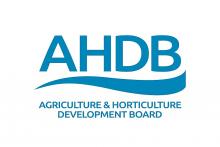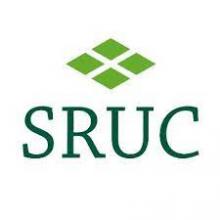Topsoil structure
A well-structured topsoil has small, rounded aggregates and a range of pore shapes and sizes that form a continuous network. This allows good aeration, root proliferation (to access nutrients and water) and better drainage. Good plant growth requires aggregates of 1–10 mm that remain stable when wetted. Plant roots and some soil organisms (sometimes called ‘ecosystem engineers’) move through the soil and change its structure (e.g. by moving soil particles and extracting water). In UK agricultural soils, earthworms are important engineers. Because rooting has a major role in structure formation, cover crops or leys can help maintain or improve soil structure within the rooting zone. Biological interactions have a central role in the formation and stabilisation of soil structure, together with a range of physical effects (drying-wetting) and the formation of chemical bonds in some soils. Organic matter, clay and, in some soils, calcium and iron compounds can bind larger particles together. The strength of the bonds determines the stability of the soil and its potential to withstand wind and water erosion.
Subsoil structure
A well-structured subsoil has vertically orientated, often continuous, pores and fissures that are formed by physical shrink-swell processes and maintained by root and earthworm action. Between these pores, the soil forms column-like structures. In clay subsoils, these may be single prismatic aggregates. These columns give the overall soil profile strength. Strong soils are more resilient and can better resist damage by compaction. Cultivations and restructuring operations need care to avoid weakening any natural column strength.
Some soils, with clay or clay-loam textures, ‘selfstructure’. Such soils have specific clay minerals present that absorb moisture and swell and, when moisture is released, shrink. This occurs with smectite and vermiculite clays. With regular inputs of organic matter, self-structuring is enhanced, especially in calcareous soils.
Read more in the AHDB Principles of Soil Management Guide






